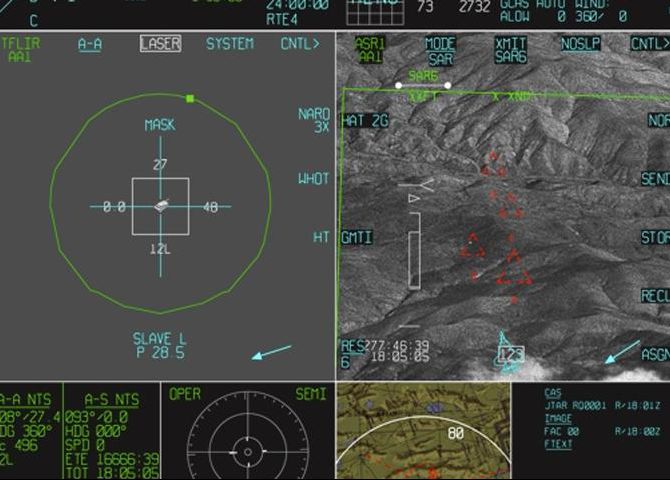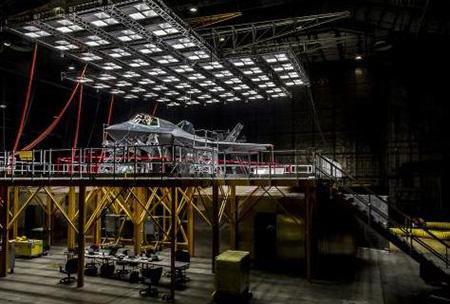So will the delay of SDB-II reduce the aircraft's ability to provide close air support to ground troops?
To date, this task has been fulfilled by the immense A-10 Warthog now ready, according to the Congress (and after countless attempts), for retirement.
A-10 should be disposed of by the 2019 service by February.
Beyond the venerable age of the A-10, the needs are purely economic. The Air Force, in fact, needs resources to invest in the development of the Joint Strike Fighter which, in theory, was designed to replace even the A-10 albeit with very serious doubts (v.articolo).
But what are the capabilities of the F-35?
Everything depends on the codes loaded
The development strategy of the JSF program is based on the implementation of software that in turn increases the platform's capabilities.
In total, the entire code will consist of ten billion lines. To date, funds have been allocated for the final Block 4. The F-35 that will fly in the 2040, will be equipped with the Block 7.
The 1A / 1B Block includes the 78 per cent of the over 8,3 million lines of source code required for the initial operational capabilities of the F-35 by providing the software for training and primary interaction between the various main systems.

The 2A Block is the software currently "loaded" on the F-35 fleet. Increases the aircraft's overall capabilities for pilot training including off-board fusion capabilities, initial data links, electronic countermeasures and improved debrief. With the 2A block, 86 percent of the code needed to reach the initial operational Capacity is provided.
The Marine Corps with the F-35B should reach the Initial Operational Capacity within the year with the 2B software block. The 2B provides basic Close Air Support with the possibility of launching AMRAAM (Advanced Medium Range Air to Air Missile), JDAM (Joint Direct Attack Munition) and GBU 12 (laser-guided aerial bomb).
The Air Force plans to achieve Initial Operational Capacity with the F-35A in the 2016 with the next iteration of the software, called 3i. Described as a technical update of the 2B Block, the 3i will allow the aircraft to use JDAM, GBU 12 and AMRAAM. The F-35A will have substantial air support functions only in the 2018, when it reaches full operational capability.
Only in the 2018, the F-35A will be able to fire with the internal cannon and release a series of ammunition including AIM-9X, AMRAAM, GBU-12, GBU-31 and Small Diameter Bomb I.
The SDB-II system will be integrated with the Block 4a software. The 4 Block will be divided into two segments. The 4a Block will be ready between the 2021 and the 2022, while the 4B for the 2023. The twelve million dollars to write the Block 4 have been included in the 2014 budget.
A large part of the development of the 4 Block will be dedicated to countermeasures against existing enemy air defense systems and those that will arise in future years.
Franco Iacch

(photo: Lockheed Martin)












